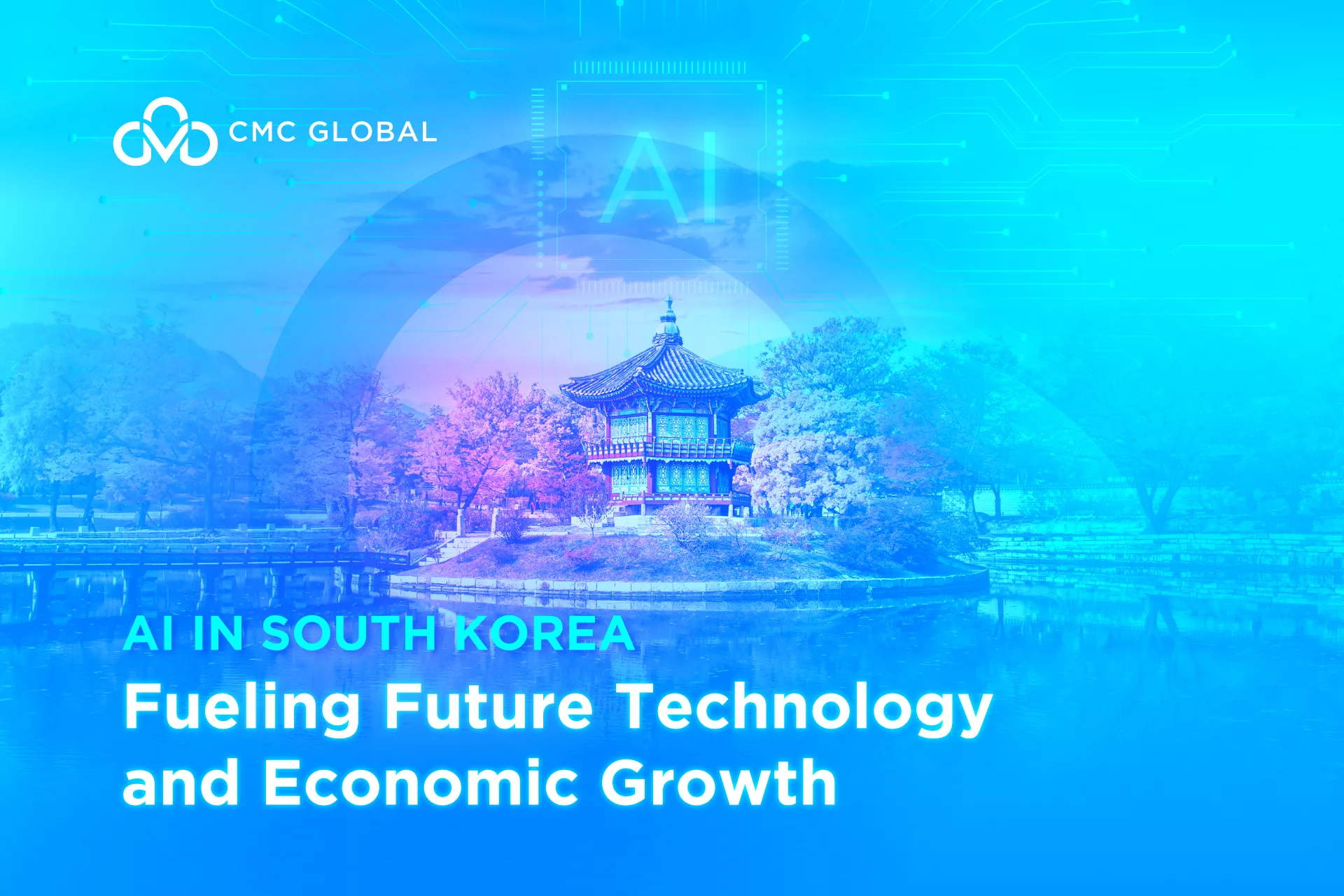Every year, McKinsey – a famous American worldwide management consulting firm, publishes credible reports on almost every industry. These documents give insiders better views of the landscape they are working on, and predictions on how they can improve their annual results. This year, on their annual IT strategy survey, CIOs can find statics about the worth of technology transformation, especially for those who make more tech-based changes and bridge more of the technology-business divide in a strange time of COVID-19.
Since 2019, the COVID-19 crisis has proven the business imperative of having technology transformation by making technology-driven changes, which are more ubiquitous now than ever. Indeed, the latest McKinsey Global Survey on technology and business suggests that even in the crisis earlier days, when there was little to no impact of COVID-19, respondents were reporting progress on their technology and business integration. What’s more, these efforts were creating tangible business value across four measures, including new revenue streams and lower costs.
This shows that companies with top-performing IT organizations have achieved success by differentiating themselves from others in their efforts to transform technology, create value, adopt new technologies, and bring technology and business closer together.
More specifically, McKinsey has attributed these 7 key lessons about technology transformation to the chance for future success.
#1: Technology Transformation Investments Are Creating Significant Business Value
According to McKinsey’s latest survey, companies’ technology transformation activities are having considerable results everywhere. CIOs and leaders everywhere are asked about ten different types of transformation initiatives, their impacts, and their results. These ten tech-transform initiatives are:
- Tech-forward business strategy
- Business and technology management integration
- Steward of digital user experience
- Agile scale software delivery
- Next-generation infrastructure services (cloud; end-to-end automation/no operations; platform as a service)
- Engineering excellence with top talent, both internal and external
- Flexible technology partnerships
- Flexible, business-backed architecture re-haul delivered iteratively
- Data ubiquity and advanced analytics enablement
- Defenses that preempt evolving threats (cyber, data privacy)
The result is mind-blowing:

- More than three-quarters of these initiatives that the companies decided to pursue have yielded some or significant cost reductions and improvements to employee experience.
- More than two-thirds of respondents believed that these change efforts increased revenue from existing streams
- More than half cite the creation of new revenue streams, such as a new product line or new business.
The results suggest that tech-transform investments aren’t those one-off attempts to catch up. That somehow explains why nearly all respondents report planning to pursue at least one transformation initiative in the next 1 to 2 years.
#2: People-focused Results in the Most Value
According to the survey, we can see that not all types of technology transformation are equal in terms of value created. Among the previously-mentioned ten tech-transformation initiatives, those creating changes to companies’ people and talent strategies are the highest-value moves to make

Changes in their approaches to technology talent include changing practices to attract, retain, and upskill talent with digital and engineering skills. Respondents report the greatest impact on all four measures of business impact (ranging from 30 to 45%)
Meanwhile, those pursuing changes to sourcing strategies see a significant shift, as they are able to realize new revenue streams, reduce costs, and improve the employee experience. By the same token, respondents with little to no (or negative) value across these measures say that they were least likely to pursue talent transformations or re-scale their data and analytics capabilities.
In contrast to most beliefs, people-focused initiatives are the least likely to be pursued by companies in the future, even though they are linked with the most value creation. Details are as followed:

A good number of respondents predict that their companies will pursue digitization of the end-user experience, scaling of data and analytics, and enhancements of IT architecture. That is a notable shift from a pre-COVID time when infrastructure transformations were the most-cited play that companies pursued. In our time of the “new normal”, respondents believe that their companies will modernize infrastructure in the next 1 to 2 years.
#3: Talent Remains the Ultimate Goal of Technology Transformations
We all know that human resources are the most sought-after resource. The need to address talent is so universal and urgent that not only the transformations focused on talent strategy stand out in their value potential, but they are also much more commonplace at top-performing companies.
While respondents believe that over 40% of their workforce needs to be either replaced or fundamentally retrained to make up for their organizations’ skills gaps, only 15% share that their companies plan to pursue a talent-strategy transformation in the next 2 years. This happens despite the considerable talent challenge.

At companies pursuing transformations, the top challenges are as challenging for top performers as it is for everyone else. Their problems are now continuing to revolve around talent and culture, namely, skill gaps and cultural differences, the difficulty of changing cultures and ways of working, and difficulty finding talent to fill new roles.
Talent also appears to impede progress at companies that haven’t pursued technology transformations, which is demonstrated by 42% of respondents that have stuck with the status quo due to difficulty in sourcing the talent they need.
#4: The talent challenge? Sourcing
Before COVID, companies had been struggling to fill their talent demands because of the IT Talent shortages and the high turnover rates. Now, with COVID coming to play and changing the whole playground, companies face this difficulty by using new or different approaches: external providers.
With remote working now becoming a new normal all over the globe, the demand to outsource a third party to support both core IT activities and digital activities has increased. Among respondents reporting changes to their sourcing strategies, 47% are relying more on sourcing partners to supplement internal capabilities.
Overall, most respondents share that they have engaged partners in a wide range of sourcing models, from traditional to managed services and joint ventures.
#5: Top Performers Execute More Transformation Plays Than Others
“Top performers” are the title for respondents whose companies are in the top quartile of performance on core technology activities. These companies are the ones to see more value thanks to their technology transformations, and at the same time, able to focus on multiple initiatives more so than their peers. Statically, they have reported running 5 out of 10 transformation initiatives in recent years, in comparison to 3 initiatives – the figure for the bottom-quartile companies.
This result is consistent with McKinsey’s theory that in order to strengthen capabilities in one area, you must develop the others at the same time so that these capabilities can reinforce one another. For example, companies working on scaling their agile-development capabilities often invest in hiring new talent and accelerating their cloud or automation strategies to enable continuous integration/continuous delivery (CI/CD) and DevOps in parallel.
#6: Broader Advanced Technologies Support Greater Value Creation
Overall, advanced technologies generate outsize value in tech transformations. 44% of respondents who are using the Internet of Things (IoT) or edge-computing technologies in recent transformations are reporting significant cost reductions, compared with an average of only 31% who saw significantly reduced costs overall.
Yet these technologies are relatively uncommon. Only 25% of respondents use IoT in the first place. What is more, 45% of respondents who use the cloud to process data at scale report a significant improvement in employee experience from their transformations, in comparison to 34% of all respondents.
To further prove this point, McKinsey has shown that the top-performing respondents use a slightly larger suite of technologies. Inversely, the top performers are half as likely as others to report using only one advanced technology.
#7: Bridging the Business-technology Chasm Is Critical
Beyond any focus on talent, deployment of new technologies, and a broad transformation agenda, the industry’s top performers follow several practices that foster a stronger partnership between technology and the business.

At top-performing IT organizations, 57% say their senior leaders are very involved in strategic planning, while in the bottom quartile, only 17% of senior leaders do so.
At these top-player organizations, IT and business teams are much more likely to work together to both develop and deliver the agreed technology strategy. In fact, top-quartile respondents have their business and IT co-creation to be nearly 3 times more likely than their bottom-quartile peers. What’s more, top players are more than 4 times likelier than their bottom-quartile peers to have a digitally integrated or fully digital operating model.

Finally, a cherry on the top for those who strive for success like top performers is that they are much more focused on measurement than others, even for metrics that aren’t technology-specific. Specifically, top-quartile companies are more likely to track their technology organizations’ performance and team performance across the company, using more business-oriented metrics such as user satisfaction, time to market, and financial impact.
Need more insights about the IT industry? Check out our FREE reports:





